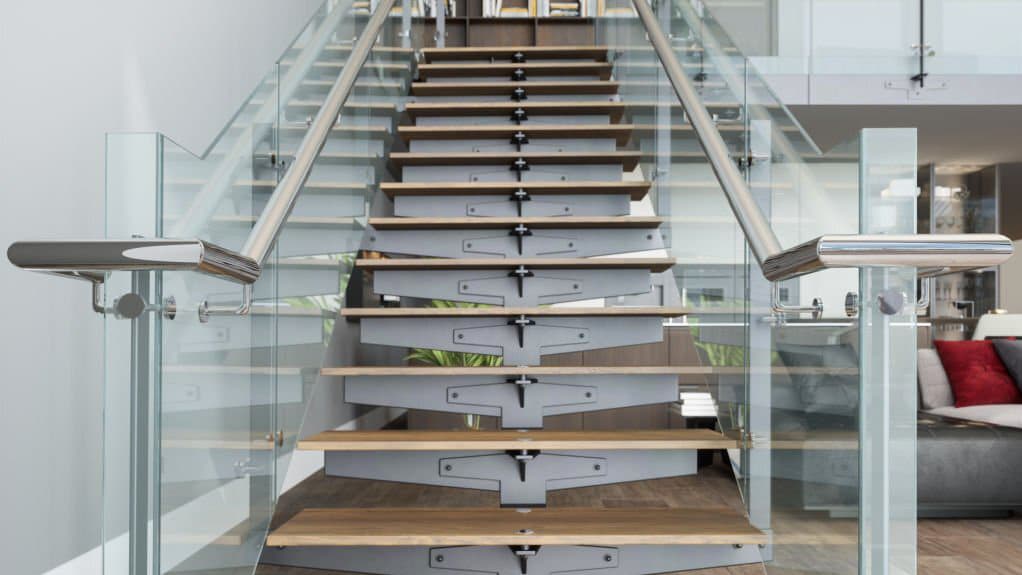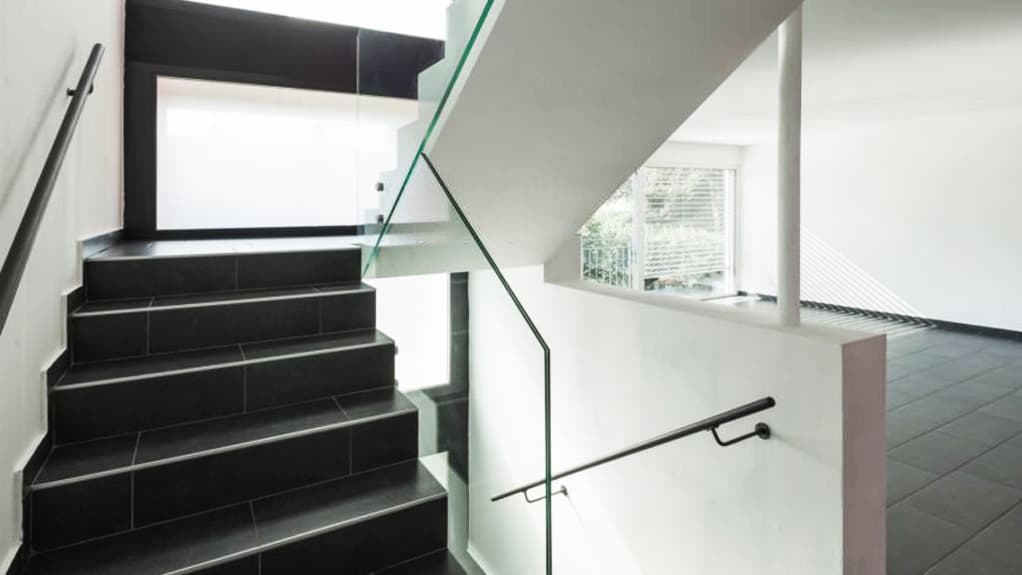410 vs 304 Stainless Steel Comparison Table
| Property | 410 Stainless Steel | 304 Stainless Steel |
|---|---|---|
| Family | Martensitic | Austenitic |
| Strength | High | Moderate |
| Corrosion Resistance | Moderate | High |
| Chromium Content | Approximately 12% | Higher than 410 |
| Nickel Content | Low | High |
| Magnetic | Yes | No |
| Heat Resistance | High | Moderate |
| Cost | Typically less expensive | More expensive |
| Common Applications | Kitchen utensils, surgical instruments, automotive parts, fasteners, screws, pump shafts | Kitchen equipment, cutlery, cookware, plumbing materials, building facades, chemical containers |
| Formability | Lower than 304 | High |
| Pros | High tensile strength, lower cost, heat treatable | Superior corrosion resistance, excellent formability |
| Cons | Susceptible to corrosion in harsh environments, requires proper heat treatment, less formable | Not as hard or strong as 410, generally more expensive |
Please note that the choice between 410 and 304 stainless steel depends on specific requirements. If strength, heat resistance, and cost-effectiveness are priorities, 410 might be more suitable. If superior corrosion resistance and formability are needed, then 304 would be a better choice.
Hello, steel enthusiasts! Ever marvelled at that glistening piece of stainless steel and wondered what gives it that brilliant shine and stunning durability? Stainless steel, a champion among alloys, owes its stellar qualities to its composition: iron, chromium, nickel, and a few other elements. Two of the most beloved variants are 410 and 304. Let’s delve into the fascinating world of these steel types and figure out which one takes the cake.
Table of Contents
What is 410 Stainless Steel? Properties and Uses
Introducing 410 Stainless Steel
Meet the 410 Stainless Steel, a member of the Martensitic family! This steel type is known for its high strength and moderate corrosion resistance. Containing approximately 12% chromium, it doesn’t quite match the corrosion resistance of its Austenitic siblings (like 304), but it certainly does put up a strong show!
Where is 410 Stainless Steel Used?
Favored for its heat treatability and wieldability, 410 stainless steel is a darling in applications that require sharp, hard, and sturdy components. These include kitchen utensils, surgical instruments, and even some automotive parts. It’s also a preferred choice for fasteners, screws, and pump shafts.
The Resilience of 410 Stainless Steel
410’s resilience lies in its high tensile strength and fatigue resistance. It retains its shape under duress and performs impressively in high-stress environments. However, do remember to give it some tender loving care (read: proper heat treatment) to reveal its true potential!
What is 304 Stainless Steel? Properties and Uses
Say Hello to 304 Stainless Steel
Moving on, let’s get acquainted with 304 Stainless Steel, a proud member of the Austenitic family. This steel grade is loved worldwide for its remarkable corrosion resistance, thanks to its higher chromium and nickel content. A true superstar, 304 is the most widely used stainless steel around the globe!

Applications of 304 Stainless Steel
304 stainless steel is the go-to material in applications demanding corrosion resistance above all else. You’ll find this all-rounder in kitchen equipment, cutlery, and cookware. It also has a strong presence in plumbing materials, building facades, and chemical containers.
Unity Metal & 304 Stainless Steel
One of our favorite brands, Unity Metal, employs 304 in their beautifully crafted stainless steel railings, ensuring that their products stand the test of time, all while maintaining their elegant appearance.
Detailed Comparison of 410 and 304 Stainless Steel
Chemical Composition
Looking at the chemical mix, 410 stainless steel is lean on nickel and generous with chromium, making it magnetic. In contrast, 304 contains more nickel, making it non-magnetic. This difference gives each steel its unique set of properties, such as corrosion resistance and heat treatability.
Mechanical Properties
When it comes to hardness and strength, 410 with its Martensitic structure packs a punch. However, it’s less resistant to corrosion compared to the Austenitic 304. As for 304, it may not be as hard as 410, but its admirable ductility and formability give it a wider range of applications.

Corrosion Resistance, Heat Resistance, & Cost
304 stainless steel definitely wins the corrosion resistance race, but when it comes to heat resistance, 410 is a strong contender. Considering the costs, 410 is typically less expensive than 304 due to its lower nickel content, but it’s worth noting that cost should never be the sole deciding factor.
Pros and Cons of 410 Stainless Steel
The Pros of 410
410 stainless steel is hard, strong, and heat treatable – a triple threat indeed! Its high tensile strength and lower cost compared to many stainless steels are advantages worth considering.
The Cons of 410
410 is susceptible to corrosion in harsh environments and requires proper heat treatment to bring out its best. It’s also not as formable as its Austenitic cousins.
Pros and Cons of 304 Stainless Steel
The Highs of 304
304 stainless steel is an all-around winner with its superior corrosion resistance and excellent formability. It’s a tried-and-true choice for a variety of applications, including those beautiful Unity Metal railings.
The Lows of 304
On the downside, 304 is not as hard or strong as the 410 and is generally more expensive due to its higher nickel content.

Which is Better? 410 vs 304 Stainless Steel
So, which steel takes the trophy? Well, it depends on what you’re looking for. If you need strength, heat resistance, and cost-effectiveness, 410 could be your ally. If you’re seeking superior corrosion resistance and formability, then 304 might be your champion. The choice depends on your specific needs!
Conclusion
Stainless steel types 410 and 304, each with their unique qualities, serve specific purposes. When it comes to choosing between them, consider your application, budget, and environmental conditions. Always remember, every steel type has its moment to shine!
FAQ
1. What are the main differences between 410 and 304 stainless steel?
410 stainless steel belongs to the Martensitic family, known for high strength and moderate corrosion resistance. It contains approximately 12% chromium and is heat treatable. 304 stainless steel, an Austenitic type, has superior corrosion resistance due to its higher chromium and nickel content. It’s widely used for its excellent formability.
2. What are the typical uses of 410 and 304 stainless steel?
410 stainless steel is often used in applications requiring high strength such as kitchen utensils, surgical instruments, automotive parts, fasteners, screws, and pump shafts. 304 stainless steel, known for its corrosion resistance, is used in kitchen equipment, cutlery, cookware, plumbing materials, building facades, and chemical containers. Companies like Unity Metal use it to produce high-quality stainless steel railings.
3. Is 410 stainless steel cheaper than 304?
Yes, typically, 410 stainless steel is less expensive than 304 due to its lower nickel content. However, the cost should not be the only factor considered when choosing between the two materials.
4. Which stainless steel type is more corrosion-resistant, 410 or 304?
304 stainless steel offers superior corrosion resistance when compared to 410 stainless steel. This is due to its higher chromium and nickel content.
5. Which stainless steel type is better, 410 or 304?
The choice between 410 and 304 stainless steel depends on specific requirements. If strength, heat resistance, and cost-effectiveness are priorities, 410 might be more suitable. If superior corrosion resistance and formability are needed, then 304 would be a better choice.


